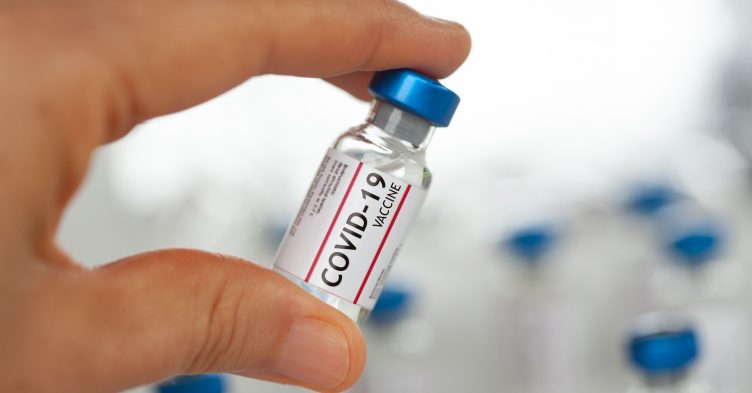Alcohol-related deaths have risen by 4% in a year and 13% in the last decade, according to statistics from the Health and Social Care Information Centre (HSCIC).
Of this proportion of deaths in 2014, alcohol-related liver disease made up 63% of the 6,830 deaths.
Councillor Izzi Seccombe, the Local Government Association’s portfolio holder for community wellbeing, described the statistics as “shocking”.
She said: “Councils, who are responsible for public health, are also concerned by the 3% increase in alcohol-related hospital admissions on 2013/14, which at 1.1 million, is now nearly double the level 10 years ago.
“A large number of admissions were middle aged and older age groups. Despite drinking comparatively little, older people consume alcohol far more often.
The statistical report, Statistics on Alcohol: England, 2016, found that Hospital admissions for alcohol-related disease or injury increased by 32%, to 333,000 between 2004-05 and 2014-15.
She added: “These figures warn of the dangers of regular drinking over a long period of time and the impact this can have on the body of an older person, which is less able to handle the same level of alcohol as in previous years.
“Many of us like to have a drink to relax and enjoy our free time, but councils are committed to helping people cut down on how much they drink and how regularly, through supporting initiatives such as Dry January, to raise awareness and encourage small lifestyle changes which can have a big impact on improving people’s health.
“Councils have also called for a public health objective to be included within the Licensing Act, to give councils the power to limit the opening of late-night premises in areas where there are particular concerns about the impact of alcohol on public health.
“In addition, we have urged the drinks industry to produce more low strength cider, wine, beer and spirits with fewer or zero units of alcohol, to tackle drink-related health problems.”
The highest estimated rate of drinking-related hospital admissions was in Salford with 3,570 admissions per 100,000 population.
Meanwhile, Wokingham in Berkshire, had the lowest rate at 1,270 per 100,000.
The report also found that prescriptions for medicines to tackle alcohol dependence rose from 109,000 in 2005 to 196,000 in 2015.
Dr John Larsen, the director of evidence and impact for alcohol education charity Drinkaware, said: “It is worrying to see that large numbers of people are being admitted to hospital, and that dying from alcohol-related illnesses has increased.
“This report also shows that men are much more likely to be admitted to hospital and die of alcohol-related conditions.
“This is supported by our own research, which shows that alcohol consumption is higher, and more frequent, among men and older age groups.
“The new government guidelines recommend that people do not drink more than 14 units per week and if people do choose to drink, then it’s best to spread it evenly over three days or more.”







